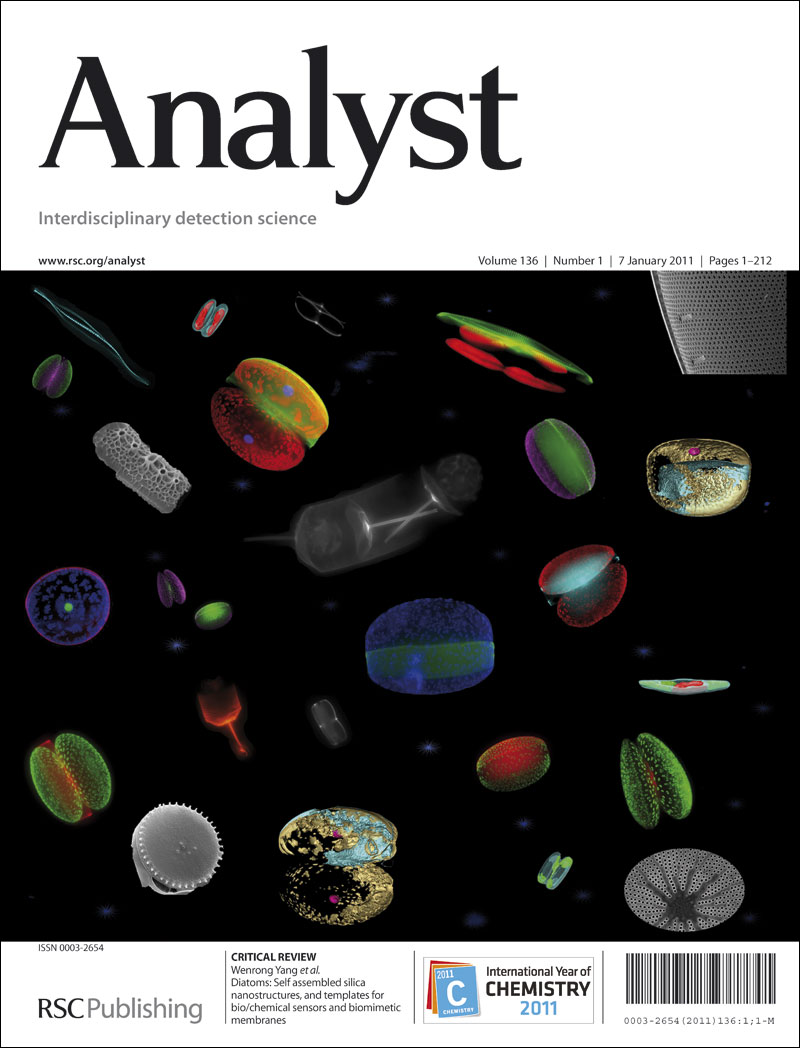Portable Detection Methods for Marine Micro-nano Plastics
IF 3.3
3区 化学
Q2 CHEMISTRY, ANALYTICAL
引用次数: 0
Abstract
Every year, millions of tons of plastic waste enter the ocean, gradually breaking into micro-nano plastics, threatening the ecosystem and human health. The detection of Marine micro-nano plastics is an important link in assessing ecological risks and guiding the implementation of governance. The traditional detection technologies rely on complex equipment and pretreatment, making it difficult to achieve rapid and on-site detection of micro-nano plastics in seawater environments. Portable detection methods, which can realize on-site and rapid distributed detection of Marine micro-nano plastics, thus attract more and more attention. Herein, recent existing portable Marine micro-nano plastics detection methods are introduced. Firstly, the conventional methods of Marine micro-nano plastics sensors and the corresponding advances in portable area are presented. The conventional methods include pyrolysis gas chromatography-mass spectrometry, infrared spectroscopy and Raman spectroscopy, Then, the novel detection methods developed in recent 5 years for portable Marine micro-nano plastics detection are discussed, such as photoluminescence spectroscopy, triboelectric nanogenerator-based self-powered sensor and electrochemical sensor. Finally, the challenges for the development of portable Marine micro-nano plastics detection methods are demonstrated for the practical application.海洋微纳塑料的便携式检测方法
每年有数百万吨的塑料垃圾进入海洋,逐渐分解成微纳米塑料,威胁着生态系统和人类健康。海洋微纳塑料检测是评估生态风险、指导治理实施的重要环节。传统的检测技术依赖于复杂的设备和预处理,难以实现对海水环境中微纳塑料的快速、现场检测。便携式检测方法,可以实现海洋微纳塑料的现场快速分布式检测,因此越来越受到人们的关注。本文介绍了目前已有的便携式海洋微纳塑料检测方法。首先介绍了海洋微纳塑料传感器的常用方法及其在便携式领域的研究进展。传统的检测方法包括热解气相色谱-质谱法、红外光谱法和拉曼光谱法,然后讨论了近5年来发展起来的用于便携式海洋微纳塑料检测的新型检测方法,如光致发光光谱法、基于摩擦电纳米发电机的自供电传感器和电化学传感器。最后,对便携式海洋微纳塑料检测方法的发展面临的挑战进行了论证。
本文章由计算机程序翻译,如有差异,请以英文原文为准。
求助全文
约1分钟内获得全文
求助全文
来源期刊

Analyst
化学-分析化学
CiteScore
7.80
自引率
4.80%
发文量
636
审稿时长
1.9 months
期刊介绍:
"Analyst" journal is the home of premier fundamental discoveries, inventions and applications in the analytical and bioanalytical sciences.
 求助内容:
求助内容: 应助结果提醒方式:
应助结果提醒方式:


